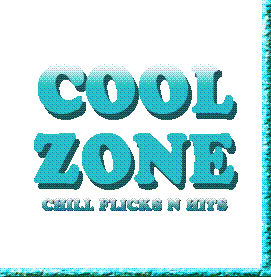
|
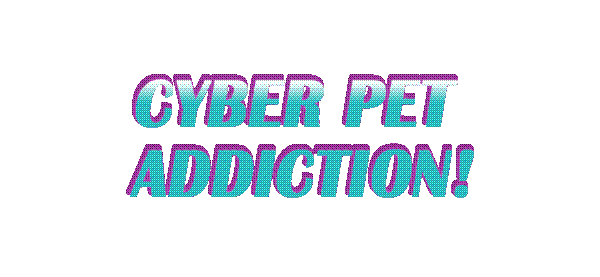
|
Now children, too, can endure the hardship of losing a beloved pet - only for $19.99! Right when you thought the Beanie Babies craze was over and done with, a new collectible trend has taken the reins. It's called Tamagotchi, a Japanese digital cyber-pet toy. It's sold as a small keychain-sized pedometer with a liquid crystal display the size of a watch face. Sort of like a one-note Game Boy. Once activated, a pet hatches from an egg and immediately requires continuous care. Owners must feed, discipline, and give attention to their pet always. Otherwise, if left unattended for more than five hours, the pet "expires", or as the packaging heavily emphasizes, "returns to its home planet" millions of miles away.
|
The digital pet craze is causing major disruptions in the lives of children and their education, according to news sources eager to find the next scapegoat to blame for societal shortcomings. The cyber-pets are banned in South Korean public schools, as they are in Hong Kong and Thailand. Similarly in the U.S., many schools have prohibited Tamagotchi as teachers grow furious as students ignore their boring mathematics lessons to care for their much more interesting digital pets.
|
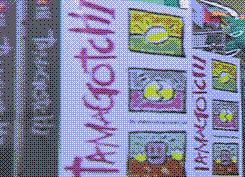
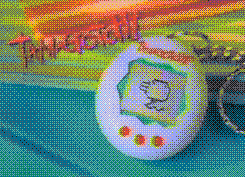
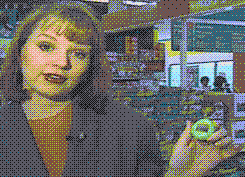
Now, it's not all sunshine and cyber rainbows. Introducing a complex subject like death to a grade schooler by having their keychain creature "expire" may not be the wisest idea. Some psychologists note, as would anyone with a pair of eyes and ears, that the toy creates a sense of loss and mourning, maybe even a rudimentary traumatic experience. Bandai, the company responsible for Tamagotchi, offers in return a sad song on the world's smallest digital violin. Their new edition of the cyber-pet, Angel Tamagotchi, will put owners in charge of a dead spirit and help it grow and thrive - essentially the same game. It is due to international release next year. Until then, Bandai enjoys tens of millions in sales as school principals weep.
|
[Article from the October/November 1997 Issue of PPM]
|
|








